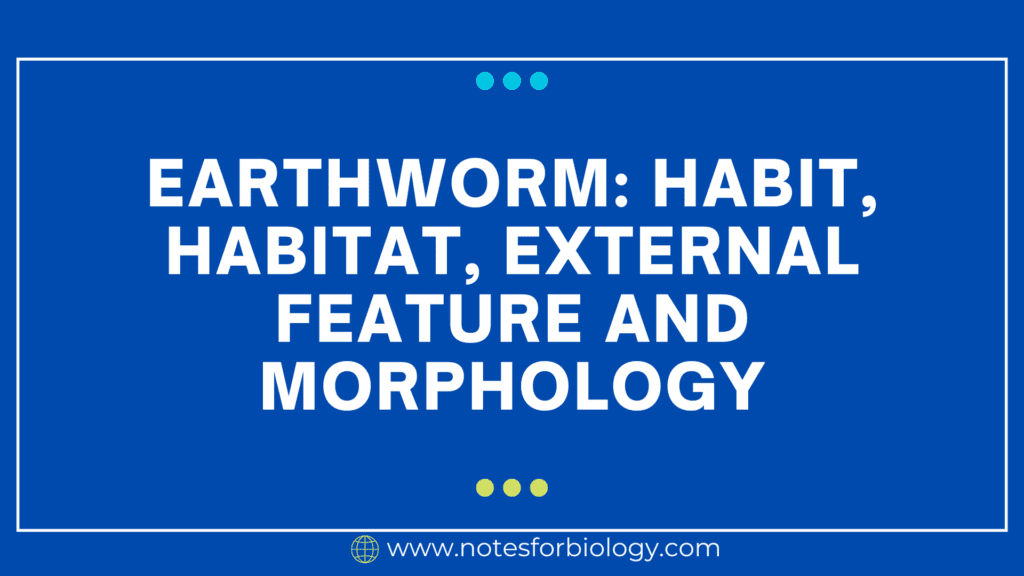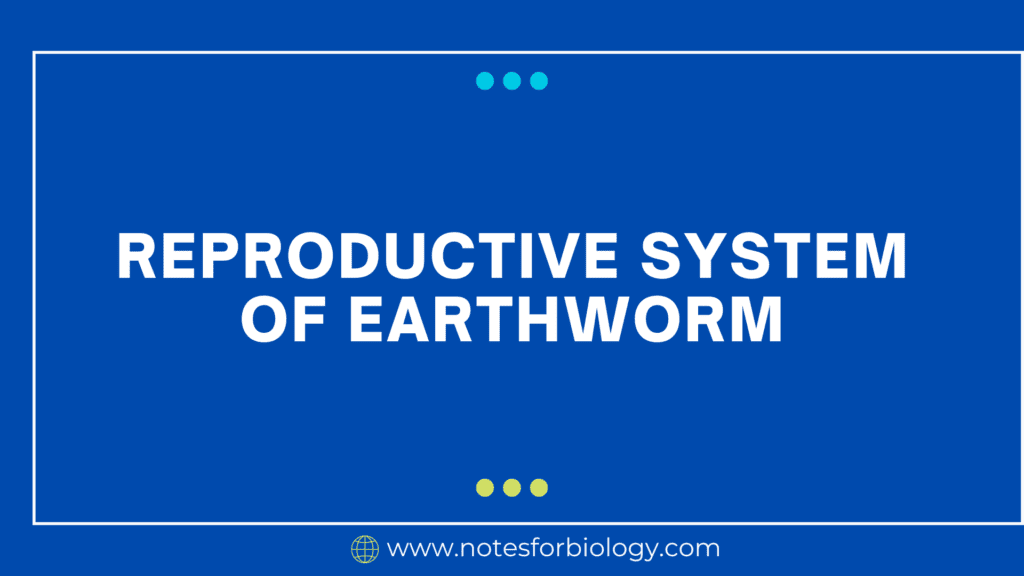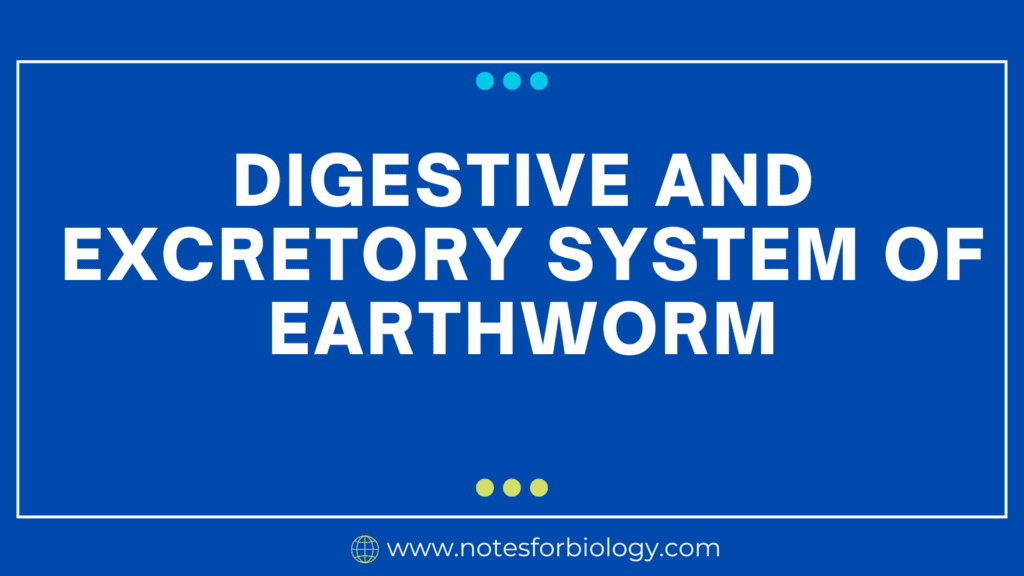Earthworms play a crucial role in maintaining soil health through their burrowing and feeding habits. Their segmented bodies, equipped with specialized structures for digestion, excretion, circulation, and reproduction, make them well-adapted to their environment. By breaking down organic matter and aerating the soil, it’s enhance soil fertility and structure, making them essential components of terrestrial ecosystems.
Table of Contents
Earthworm
Earthworms are members of the phylum Annelida and class Oligochaeta. They are widely recognized for their beneficial role in soil health and agriculture. Their body is elongated, cylindrical, and segmented, which makes them well-adapted to their subterranean lifestyle.
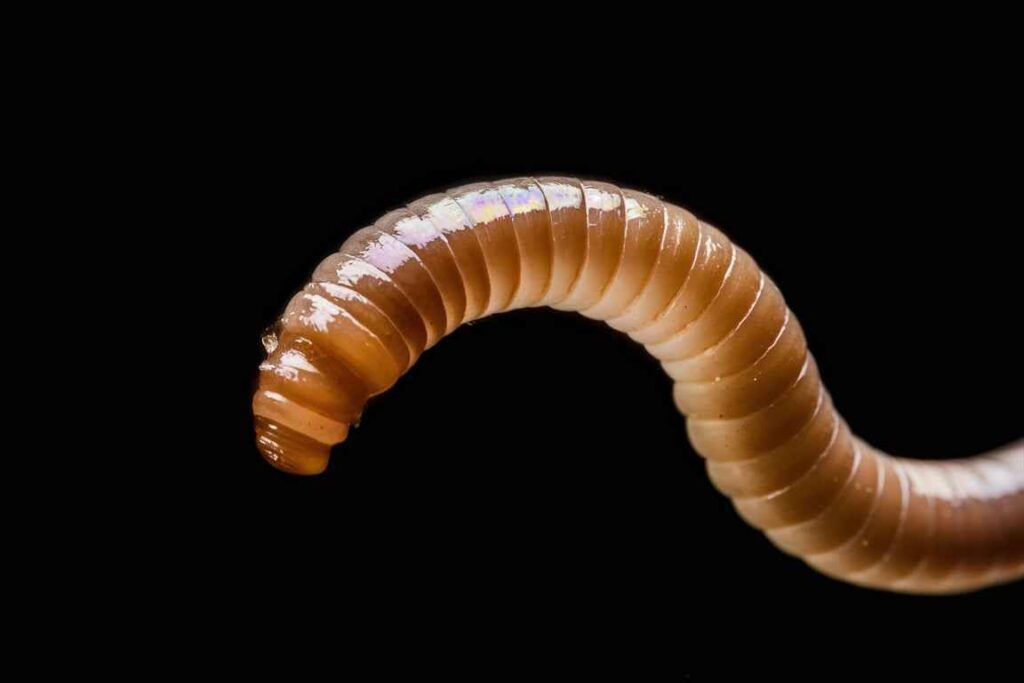
Classification
- Kingdom: Animalia
- Phylum: Annelida
- Class: Oligochaeta
- Order: Opisthopora
- Family: Lumbricidae
- Genus: Lumbricus
- Species: Various, including the common Lumbricus terrestris
Habit
Earthworms exhibit several distinct habits:
- Nocturnal Activity: They are primarily active at night. This behavior helps them avoid predators and extreme daytime temperatures.
- Burrowing: They create extensive burrow systems in the soil. These burrows provide shelter, aid in aerating the soil, and allow water to infiltrate the ground.
- Feeding: They feed on decomposing organic matter, such as leaves and other plant materials. Their digestion process converts this material into humus, enriching the soil.
- Moisture Requirement: It require a moist environment because they respire through their skin, which must remain moist for gas exchange to occur efficiently.
Habitat
- Soil Preference: They are found in various types of soil, including loamy, sandy, and clay soils. They thrive in nutrient-rich, well-drained soils that retain moisture.
- Moisture and Temperature: They prefer environments with adequate moisture and moderate temperatures. Extreme dryness or cold can be detrimental to them.
- Organic Matter: Areas with high organic matter content are ideal habitats because they provide ample food.
- Geographical Distribution: Earthworms are distributed globally, except in deserts and regions with permanently frozen soil (permafrost).
External Features
- Segmented Body: The body of an earthworm is cylindrical and divided into segments called metameres or annuli. Each segment is separated by a ring-like groove.
- Bilateral Symmetry: The left and right sides of the earthworm’s body are mirror images of each other.
- Body Color: Typically, earthworms are brown or reddish-brown, which helps them blend with the soil. The color comes from their blood pigments and the type of soil they inhabit.
- Anterior and Posterior Ends:
- Anterior End: Pointed and contains the mouth, used for feeding. It includes the prostomium, a small, fleshy lobe that aids in sensing and pushing soil.
- Posterior End: Blunt and contains the anus, where waste is expelled.
- Clitellum: A thickened, glandular, non-segmented section near the anterior end, visible as a distinct band. It plays a crucial role in reproduction by secreting mucus during copulation and forming cocoons for eggs.
- Setae: Tiny, bristle-like structures located on each segment except for the first and last. These setae help the earthworm anchor itself in the soil and move by providing grip.
- Prostomium: A small, lobe-like extension over the mouth that assists in the intake of food and helps in digging through the soil.
Morphology
1. Body Segmentation:
- Metamerism: The earthworm’s body is divided into numerous segments, each containing a set of muscles and organs. This segmentation allows for flexibility and efficient movement.
- Annuli: External rings that mark the boundaries between segments.
2. Body Wall and Musculature:
- Cuticle: A thin, protective outer layer that covers the body.
- Epidermis: Beneath the cuticle, it contains gland cells that secrete mucus, keeping the skin moist.
Muscle Layers
- Circular Muscles: Located just under the epidermis; their contraction lengthens the body.
- Longitudinal Muscles: Located beneath the circular muscles; their contraction shortens the body.
3. Digestive System:
- Mouth: The opening at the anterior end where food is ingested.
- Pharynx: A muscular organ that pumps food into the esophagus.
- Esophagus: A narrow tube that transports food to the crop.
- Crop: A storage chamber that temporarily holds food before it moves to the gizzard.
- Gizzard: A thick-walled, muscular organ that grinds food into smaller particles using ingested soil particles.
- Intestine: Extends from the gizzard to the anus. It is the main site for digestion and absorption of nutrients. The intestine has an internal fold called the typhlosole, which increases surface area for nutrient absorption.
- Anus: Located at the posterior end, it expels undigested material.
4. Circulatory System:
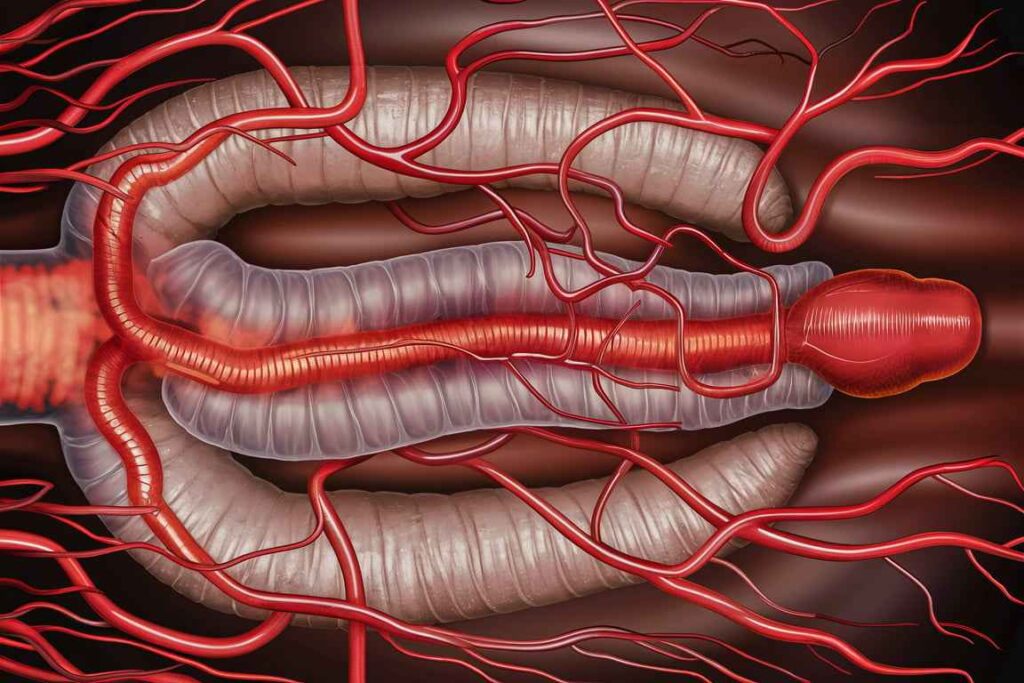
- Closed Circulatory System: Blood circulates within vessels, providing efficient nutrient and gas transport.
- Dorsal Blood Vessel: Runs along the top (dorsal side) of the body, transporting blood forward.
- Ventral Blood Vessel: Runs along the bottom (ventral side), transporting blood backward.
- Aortic Arches (Hearts): Five pairs of muscular tubes that pump blood from the dorsal to the ventral vessel, maintaining circulation.
5. Respiratory System:
- Cutaneous Respiration: Earthworms breathe through their skin. Oxygen diffuses through the moist skin and into the blood vessels, while carbon dioxide diffuses out.
6. Excretory System:
- Nephridia: Paired excretory organs in each segment, similar to kidneys. They remove waste from the body fluids and expel it through small openings called nephridiopores.
7. Nervous System:
- Cerebral Ganglion (Brain): A pair of nerve clusters located above the pharynx. It acts as the control center of the nervous system.
- Ventral Nerve Cord: Extends from the cerebral ganglion to the posterior end, with segmental ganglia that control local movements and reflexes.
- Sensory Cells: Earthworms have light-sensitive cells and other sensory receptors that help them detect changes in their environment, such as light, touch, and chemicals.
8. Reproductive System:
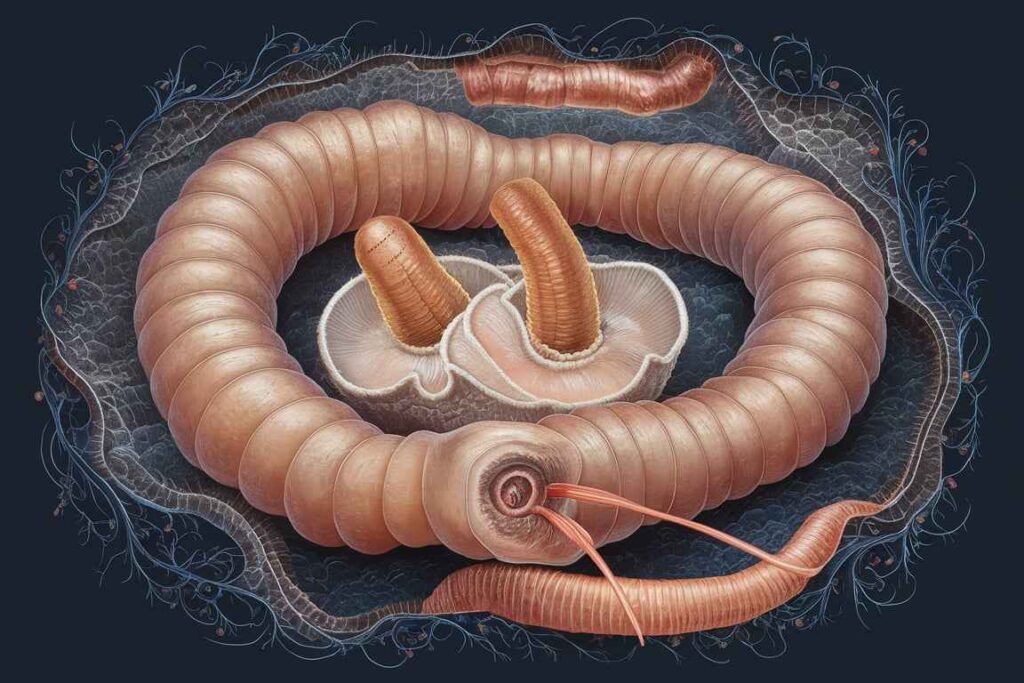
- Hermaphroditic: Each earthworm has both male and female reproductive organs.
- Clitellum: Secretes mucus during mating, which facilitates the exchange of sperm between two earthworms.
- Seminal Vesicles: Store sperm produced by the earthworm.
- Seminal Receptacles: Store sperm received from another earthworm during copulation.
- Cocoon Formation: After mating, the clitellum secretes a mucous ring that slides off the earthworm’s body, collecting eggs and stored sperm as it goes. The mucous ring forms a protective cocoon for the developing embryos.
Ecological Importance
- Soil Aeration: Earthworms burrow through the soil, creating channels that allow air to penetrate the soil. This aeration is crucial for root respiration and the activity of aerobic soil organisms.
- Nutrient Recycling: By feeding on organic matter and breaking it down into simpler substances, earthworms play a key role in recycling nutrients, making them available for plants.
- Soil Structure: The burrowing activity of earthworms helps in mixing soil layers and improving soil structure. This mixing enhances soil porosity and water retention.
- Microbial Activity: Earthworm casts (excreta) are rich in microorganisms that further decompose organic matter, enriching the soil with nutrients.
Frequently Asked Question
What are the Classification of Earthworm?
The classification of Earthworm are:
1. Kingdom: Animalia
2. Phylum: Annelida
3. Class: Oligochaeta
4. Order: Opisthopora
5. Family: Lumbricidae
6. Genus: Lumbricus
7.Species: Various, including the common Lumbricus terrestris
What are the external Features of Earthworm ?
The external Features of Earthworm are
1. Segmented Body
2. Bilateral Symmetry
3. Body Color
4. Anterior and Posterior Ends:
5. Clitellum
6. Setae
7. Prostomium
Related Article
Digestive glands in Human digestive system, their secretions and functions

